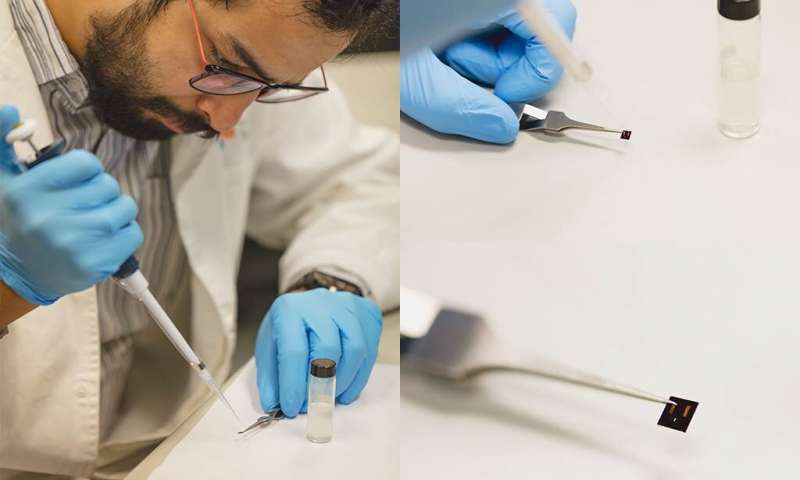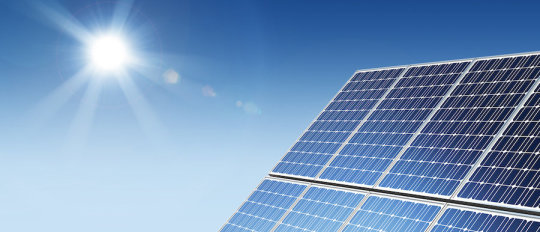
Quantum information gets a boost from thin-film breakthrough (30/05/2019)
Efforts
to create reliable light-based quantum computing, quantum key distribution for
cybersecurity, and other technologies got a boost from a new study
demonstrating an innovative method for creating thin films to control the
emission of single photons.

Secure metropolitan quantum networks move a step closer (30/05/2019)
Successful
new field tests of a continuous-variable quantum key distribution (CV-QKD)
system over commercial fiber networks could pave the way to its use in
metropolitan areas.

Bending the norm on nanowires (23/05/2019)
New
methods of arranging silver nanowires make them more durable, shows a study by
KAUST. These nanowires form flexible, transparent conductive layers that can be
used for improved solar cells, strain sensors and next-generation mobile
phones.

Artificial photosynthesis transforms carbon dioxide into liquefiable fuels (23/05/2019)
Chemists
have successfully produced fuels using water, carbon dioxide and visible light
through artificial photosynthesis. By converting carbon dioxide into more
complex molecules like propane, green energy technology is now one step closer
to using excess carbon dioxide to store solar energy -- in the form of chemical
bonds -- for use when the sun is not shining and in times of peak demand.

Big energy savings for tiny machines (23/05/2019)
Physicists
demonstrate for the first time a strategy for manipulating the trillions of
tiny molecular nanomachines inside us that work to keep us alive, to maximize
efficiency and conserve energy. The breakthrough could impact numerous fields,
including creating more efficient computer chips and solar cells for energy
generation.

Virutally energy-free superfast computing invented by scientists using light pulses (23/05/2019)
A
new invention uses magnets to record computer data which consume virtually zero
energy, solving the dilemma of how to create faster data processing speeds
without high energy costs.

Quantum cloud computing with self-check (23/05/2019)
With
a quantum coprocessor in the cloud, physicists from Innsbruck, Austria, open
the door to the simulation of previously unsolvable problems in chemistry,
materials research or high-energy physics. The research groups led by Rainer
Blatt and Peter Zoller report in the journal Nature how they
simulated particle physics phenomena on 20 quantum bits and how the quantum
simulator self-verified the result for the first time.

Breakthrough in new material to harness solar power (23/05/2019)
Physicists
are pushing the performance of solar cells to levels never before reached. They
have made a significant breakthrough in the chemical formula and process to
make a new material. The ultra-high efficiency material called a tandem
perovskite solar cell is being developed to help solve the world energy crisis.

Ultra-thin superlattices from gold nanoparticles for nanophotonics (23/05/2019)
Researchers
led by Prof. Dr. Matthias Karg at the Institute of Physical Chemistry report a
simple technique for developing highly ordered particle layers. The group
worked with tiny, deformable spherical polymer beads with a hydrogel-like
structure. Hydrogels are water-swollen, three-dimensional networks. Such
structures are used as super-absorbers in such products as babies' nappies due
to their ability to soak up large quantities of liquids.

Strain enables new applications of 2-D materials (23/05/2019)
Superconductors'
never-ending flow of electrical current could provide new options for energy
storage and superefficient electrical transmission and generation, to name just
a few benefits. But the signature zero electrical resistance of superconductors
is reached only below a certain critical temperature, hundreds of degrees
Celsius below freezing, and is very expensive to achieve.









